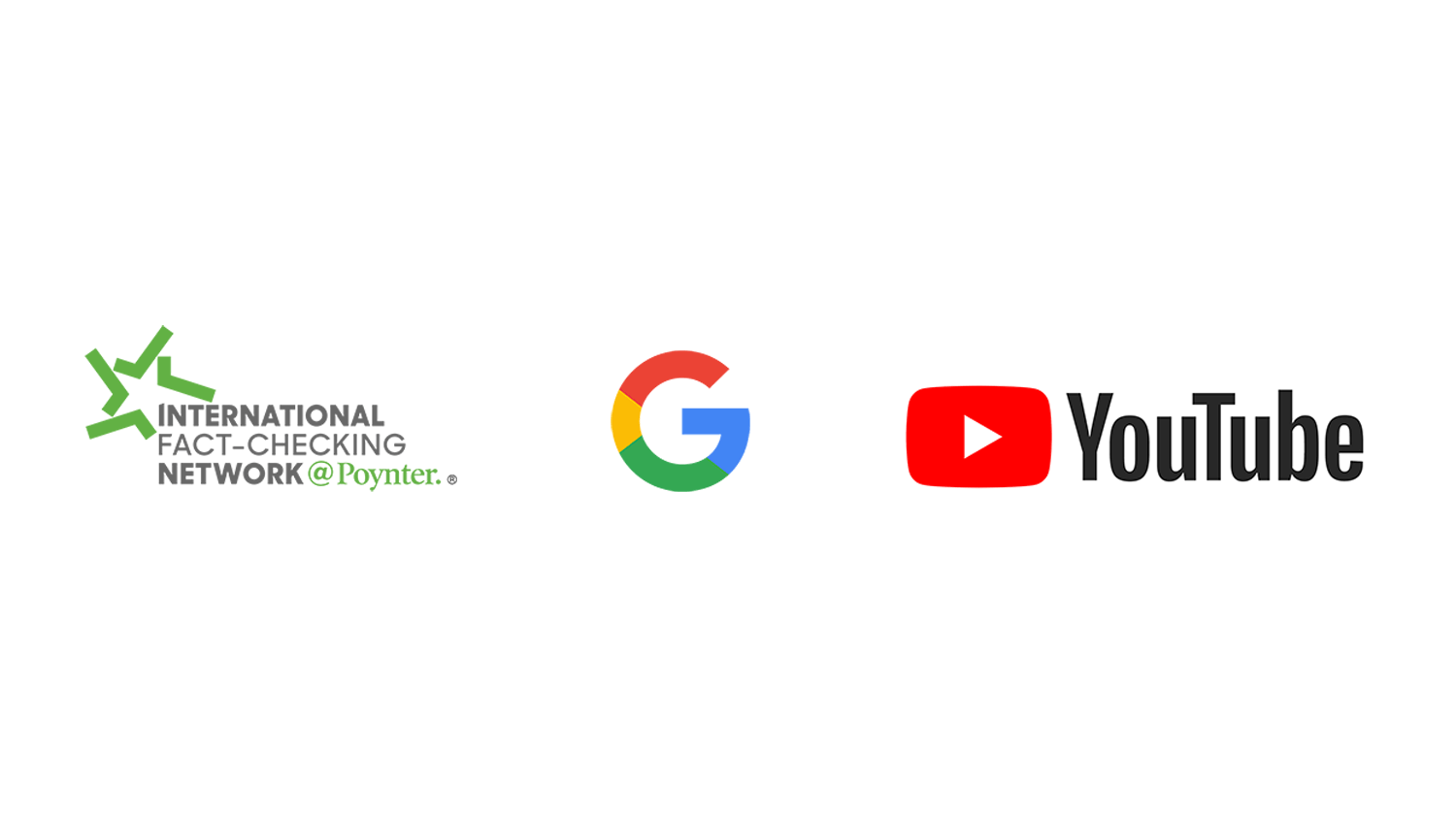It’s been more than a year since The Philadelphia Inquirer launched its “Inquirer for All” project with the ambitious aim of transforming a newsroom that published the infamous “Buildings Matter, Too” headline into an inclusive and antiracist newsroom.
Six months ago, our team from Temple University’s Klein College of Media and Communication released a diversity and inclusion audit of the Inquirer which shared a series of recommendations around sourcing, editing, community engagement and workplace culture. No one expected the Inquirer to undo the influence of generations of structural racism in a few months.
But a lot can be learned from the substantial volume of work they have already done, as well as the challenges they have encountered.
We’ve released a progress report on the Inquirer’s efforts to date, drawing on conversations I’ve had with more than 40 staff members. Below I offer some points to consider for others who may seek to nudge their news organizations in the direction of antiracism.
Look at processes and systems
Shifting a newsroom toward antiracism has less to do with ensuring that individual journalists are not personally racist than it does with interrogating the influence of structural racism on newsroom systems and processes. At the Inquirer, they are trying to do this by first recognizing that their practices around sourcing and editing have historically overrepresented white men, particularly those with power, and that their editing choices (framing, style, etc.) have been shaped by assumptions about a presumed white audience.
Responding to this, the Inquirer is creating resources, guides, and tracking systems to attempt to make their work more accountable to Black, Indigenous and people of color communities and journalists. These include steps that are being tried by newsrooms around the U.S.: establishing a system to track the diversity of sources, launching a prepublication “Content Consult” Slack channel (which drew inspiration from a similar effort at The Seattle Times), and auditing their stylebook to encourage antiracism.
While they are continuing to hash out the best approach to integrate source tracking into their workflow, their stylebook audit is in progress, and they have already launched the Content Consult channel. From March through June, the Consult channel received 110 submissions, and many described it as a valuable source of constructive feedback, though some found it intimidating, and others cited the limitations of “asking the room” when the newsroom itself had a limited number of BIPOC staff.
One other effort may offer even more fundamental potential for transforming the day-to-day work of journalism. The Inquirer created an Anti-Racist Workflow Guide that offers a series of questions (e.g. “Who am I centering in this story?”) for reporters, editors, and producers to consider at different points in the journalistic process.
Some staff shared experiences of how the guide was being used in the editing process and how it affected the basic workings of their desk. But adoption was far from universal, and the committee that designed the guide had plans to work with different teams to seek broader implementation.
Integrate community input and engagement into journalistic processes
Most of the Inquirer’s community-engagement efforts remain in the planning stage. These include, among other things, creating a community desk, developing community engagement goals for performance reviews, creating a community advisory council, and holding accountability conversations with external community stakeholders.
It’s too soon to glean lessons from their implementation, but, as strategies on the horizon, they offer both points of promise and areas to be monitored.
The Inquirer’s community news desk will include a team of reporters and editors focused on “underserved communities” and “direct community engagement initiatives.” The decision to keep the desk separate from the news desk evoked fears among some that it could silo off engagement work, though managers explained that they wanted the desk to be “interdisciplinary” to allow it to cross-fertilize multiple desks with best practices regarding community engagement. Managers also shared that they were building community-engagement goals into the performance reviews of editors of several teams to encourage each to brainstorm and implement engagement ideas for their desks.
The Inquirer also has committed to establishing a community advisory council to offer perspectives on coverage, but also on the company’s overall diversity, equity, and inclusion strategy and marketing. Finally, they have held a series of four initial discussions connecting editors and reporters with community stakeholders, organized by the Shift the Narrative Coalition. The conversations focused on crime and justice coverage with the hopes of informing the Inquirer’s newsroom guidelines and building relationships with impacted communities. They noted this was a valuable first step which they planned to follow up on.
However, the Inquirer had yet to take actions regarding the recommendation to either host or participate in accountability conversations with community stakeholders to get input on their coverage more broadly.
Who is in the newsroom matters, but hiring BIPOC journalists is not enough
The Inquirer reported progress on meeting goals they set for hiring: Since the start of the year, 61% of all new newsroom positions were filled by individuals from BIPOC communities and 44% identified as women. A key need identified in our original audit was the importance of increasing the representation of BIPOC journalists in leadership roles and on key desks which lacked representation.
Some progress was made in leadership hires and several desks surpassed the goal of at least 25% BIPOC journalists, though others did not. Desks including Investigations and Print still did not have any editors of color.
While some noted the Inquirer was “swapping out staff as fast as we can,” others suggested change may be limited so long as the top level “stays exactly the same.” While several staffers shared this sentiment, the masthead has seen considerable change since the start of 2020, and white men are now in the minority. At the same time, another staffer underlined that representation on its own might not be enough to create an antiracist newsroom if the BIPOC journalists have “also been trained in the same systems and aren’t deeply interrogating them,” or are beholden to managers who lack reflexivity.
Creating an antiracist work culture requires more than hiring BIPOC journalists. Staff expressed concerns about retention of BIPOC staff (just under half of those who left in the six months following the audit identified as BIPOC journalists). While some managers suggested that it was expected that talent would be poached because the Inquirer was no longer viewed by some as a “destination newspaper,” other staff suggested more needed to be done to create a working environment in which BIPOC journalists felt their life experiences were acknowledged and welcomed.
Finally, building an antiracist work culture requires management to hold employees accountable and to incentivize antiracist newsroom practices. One way the Inquirer is attempting this is by building DEI goals into their performance management system, particularly for editors. As one manager explained, centering antiracism as a “core value” meant editors who were not on board with that would experience “pain points” that they hoped would spur shifts: “Either you change or you opt out.”
Progress can be slow, hard to quantify, and there is no end date
Institutional transformation is always hard and rarely fast. Transforming an institution toward antiracism when many BIPOC staff have experienced and continue to experience trauma as a result of that institution’s culture of whiteness and structural racism is extremely difficult. Significant transformation will mean pushing beyond the Inquirer for All as a project, and integrating its efforts into the ongoing work of journalism at the Inquirer.
Newsrooms attempting similar work would do well to consider a few lessons from the Inquirer’s experiences:
- Establish a DEI structure that is sustainable, and possibly phased. The Inquirer for All project started with the creation of massive infrastructure. Nearly 80 staff have participated in either a steering committee or working groups. This was done to communicate the importance of the work, build buy-in and ensure that the labor of this work was shouldered not only by BIPOC journalists but also white colleagues, including senior editors. The Inquirer is now looking to transition to a leaner infrastructure to ensure sustainability given they lack the resources to pay already stretched staff for additional labor.
- Consider trade-offs between caution and speed. Many of the working groups reported efforts taking longer than hoped. But some also explained that a lot of this had to do with the aim of establishing real policy changes that went beyond “a PR moment” and that were careful about how they developed potentially sensitive processes.
- Track progress, but realize it is not always quantifiable. Tracking numbers on source diversity and hiring can yield meaningful metrics. But they offer only one layer of information needed to understand a full story. As mentioned, more BIPOC hires alone will not create an antiracist work culture if other steps are not taken simultaneously. Similarly, qualitative analysis is needed to understand whether having more BIPOC sources equals valuable coverage that is of and for those communities. Finally, while our report focused primarily on the Inquirer’s antiracism efforts, more exploration is needed to understand what progress looks like in both coverage and newsroom culture when considering other identity categories and intersectional identities.
- Communicate expectations and progress. While the Inquirer has undertaken a considerable volume of work, staff suggested more could be done to clearly communicate what was being done along the way, particularly to those who might not be participating in Inquirer for All working groups. Similarly, building trust requires acknowledging when there were recommendations that had not been implemented and clarifying expectations about whether they would be in the future (for example, the Inquirer had yet to create opportunities to discuss post-publication feedback from both staff and community members).
Undertaking this work requires reckoning with big questions around guiding values for journalism and journalism business models
A common critique of many DEI initiatives is that they tend to get stuck at the level of a project and fall short of institutional transformation. If the Inquirer is to avoid these pitfalls, it must grapple with some of journalism’s existential questions along the way — namely who is its journalism for, how to pay for it, and what values guide it.
When discussing barriers to adopting antiracist newsroom practices, one of the most frequently mentioned challenges was resource constraints and business model pressures. With the collapse of the advertising business model, the Inquirer, like numerous other U.S. newspapers, is trying to do more with less.
Staff expressed concerns that the demands of productivity metrics meant it was difficult to take time to develop a more diverse spectrum of sources, or to pause to have reflexive conversations with editors about how communities are represented in their coverage. While managers affirmed that taking the time needed to follow antiracist practices was a priority, resource pressures were ever-present.
In addition, some expressed a sense of tension between aims of cultivating new readers from BIPOC and other historically marginalized communities, and of appealing to an existing audience of white suburban subscribers. While some argued this was a false choice, many voiced a sense that more could be done to ensure the whole company was on the same page in terms of its desired audience and an antiracist business model.
The Inquirer for All’s work also put it face-to-face with another “800-pound gorilla,” namely journalism norms and traditions that have historically bolstered whiteness, including the dominant interpretation of objectivity as “the view from nowhere.” There was resistance from those who saw antiracism as activism that was antithetical to the “rules of journalism.” The “Voice” committee decided that if the Inquirer was to be an antiracist newsroom, it needed to outline what values guided their work as an antiracist newsroom, including acknowledging the role journalists play in their communities, and recognizing how journalists are informed by their own life experiences. Their list of values was still under development, but they hoped to connect values with related practices and policies and to initiate a larger discussion within the newsroom.
‘Buckle in’
As one manager at the Inquirer reflected, trying to transform a legacy news organization into an antiracist news organization was inherently challenging and uncomfortable work, and news leaders considering this road should “buckle in.”
It’s too soon to know if their journey will lead to transformation and structural change, or if the change will be more incremental. What is clear is that in order for the field of journalism in the U.S. to move in the direction of antiracism and to build more equitable relationships between journalists and communities, more organizations must attempt this messy work of reshaping the day-to-day processes of journalism within their newsrooms.
Acknowledgments: Thanks to Temple University’s audit team and collaborators from The Philadelphia Inquirer for making this work possible. The audit was supported with funding from the Lenfest Institute for Journalism and the Independence Public Media Foundation.
Correction: The Inquirer launched a community advisory council, not a community advisory board.
This article was also updated to note that the masthead has seen considerable change.







